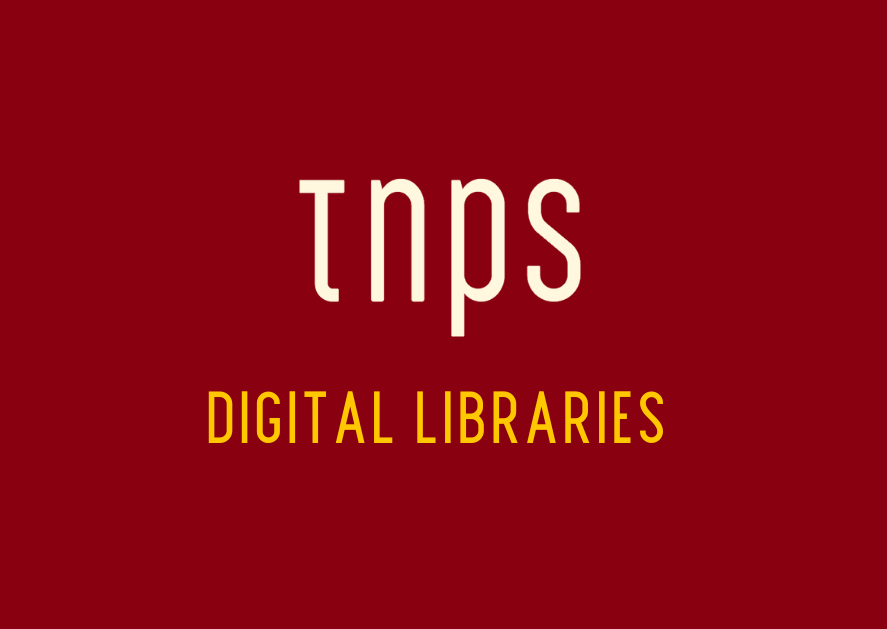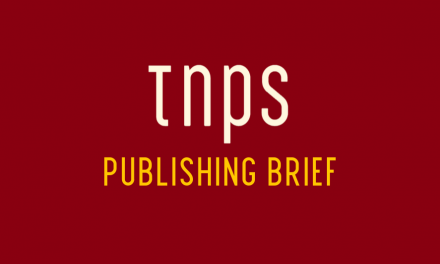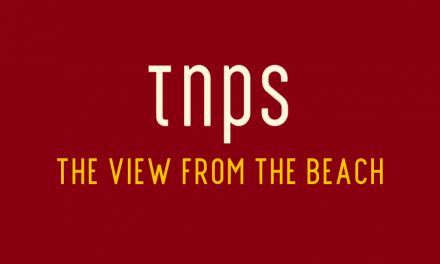This is a remarkable story that blows apart the faux narratives that smartphones are destroying the reading habit and that kids don’t read digitally.
Yes, of course kids love printed books, and long may they continue, but printed books have production and distribution costs as well as practical issues of accessibility (everything from fixed font sizes to weight) that digital can set aside.
And perhaps most importantly, as this report from OverDrive demonstrates, given the choice of quality digital children’s titles on their smartphones many kids will eschew the pleasures of video, games and social media to read using Sora.

Here’s the numbers from OverDrive:
o 5.5M total Sora checkouts
o More than 600,000 users worldwide- and growing
o More than half of school checkouts from OverDrive were made in Sora, after just one school year
o As of April 2019, Sora users were spending almost twice as much time reading per month as they were in September 2018

New features on Sora include:
o Offline reading in the browser
o Deep linking to specific titles and curated collections
o Sora Activity to track student reading growth
Combining with the OverDrive Summer Reads programme to keep kids glued to books on their smartphones during the school holiday –
Sora has had spectacular results and testimonials.
This from Sarah Sansbury, Media and Educational Technology Instructor at Fulton County Schools in the state of Georgia, USA:
After the adoption of Sora, our ebook circulation has exploded. My students love Sora. Its badges that create gamification with reading, its user-friendly interface and its overall eye-catching, colorful design — all are features that make reading online accessible and fun for my students. Additionally, when students request a particular title for our media center collection, I ask if they would prefer paper (which will take a week to receive and process) or an ebook (which they can get by the end of the day or by the next morning); many will enthusiastically chose a Sora ebook.
My teachers love Sora’s book assignment feature. When a visually impaired student needs an ebook copy (in which text and graphics can easily be enlarged), with a few clicks, the book is reserved for that student.
When students quickly finish the first book in a series and are wanting to read the second book, but there aren’t enough available in the classroom library, again, within a day, I am able to order and reserve books for students.
Overall, because of Sora, our students are reading more than ever!
OverDrive reports that Oregon’s Bend-La Pine Schools trained ALL of the teachers in their district in Sora in the fall. When comparing year over year, month over month, checkouts have increased. For example, in September 2018 students read 24% more books over September 2017, and in October 2018 26% over October 2017. From 2017 to 2018, they have seen an almost 30% increase in checkouts.
Or there’s the South Portland School Department in Massachusetts that saw a 200% increase after introducing Sora in September.
But it’s not just in the USA that Sora is transforming the lives of young readers.
OverDrive’s report ends,
With the introduction of Sora early last school year, St. John’s College in Houghton, South Africa, saw dramatic increases in checkouts — 595% in just one month. The following month saw an additional 111%.
As we start the third decade of the twenty-first century the question publishers should be asking is not, “is it worth us digitising and developing a hybrid print and digital business?” but rather “how can we hope to remain competitive if we carry on with business model that ignores hundreds of millions of people for whom digital is a part of their daily lives?”






I believe that printed books will always be in demand. Modern children pay little attention to reading books in general. And this is not comforting …. Digital media is undoubtedly a good alternative to reading.